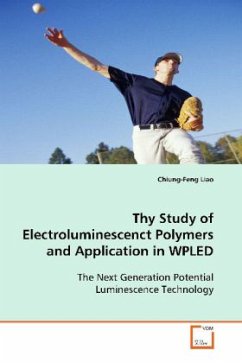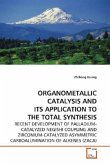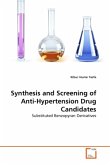Polymer light-emitting diodes (PLEDs) based on
fluorescent and phosphorescent electroluminescence
(EL) have attracted great attention currently, and
been extensively investigated. In this study, a
series of copolyfluorenes (PFG1~PFG4) containing
distyrylbenzene derivatives (GM) were synthesized by
Suzuki coupling reaction. The electroluminescent
(EL) spectra of the PFG copolymers are very
different from photoluminescent (PL) spectra. The
green emission (520 nm) in EL spectra are much
stranger than those in PL spectra, which can be
partially attributed to energy transfer from
fluorene segments to GM segments. The performance of
EL devices [ITO/PEDOT:PSS/polymer/Ca(50 nm)/Al(100
nm)] were improved with an increase in GM content
in polymer chain. The PFG4 devices have the best
performance (6794 cd/m2, 1.69 cd/A), and the PFG1
and PFG2 exhibited the similar intensity of blue and
green emission. Therefore, we fabricated the WPLED
by blending PFG2 with a red iridium complex. By
carfully controlling the
amount of the iridium complex, the WPLED device was
achieved with the brightness and CIE coordinate were
4116 cd/m2 and (0.31, 0.28), respectively.
fluorescent and phosphorescent electroluminescence
(EL) have attracted great attention currently, and
been extensively investigated. In this study, a
series of copolyfluorenes (PFG1~PFG4) containing
distyrylbenzene derivatives (GM) were synthesized by
Suzuki coupling reaction. The electroluminescent
(EL) spectra of the PFG copolymers are very
different from photoluminescent (PL) spectra. The
green emission (520 nm) in EL spectra are much
stranger than those in PL spectra, which can be
partially attributed to energy transfer from
fluorene segments to GM segments. The performance of
EL devices [ITO/PEDOT:PSS/polymer/Ca(50 nm)/Al(100
nm)] were improved with an increase in GM content
in polymer chain. The PFG4 devices have the best
performance (6794 cd/m2, 1.69 cd/A), and the PFG1
and PFG2 exhibited the similar intensity of blue and
green emission. Therefore, we fabricated the WPLED
by blending PFG2 with a red iridium complex. By
carfully controlling the
amount of the iridium complex, the WPLED device was
achieved with the brightness and CIE coordinate were
4116 cd/m2 and (0.31, 0.28), respectively.







